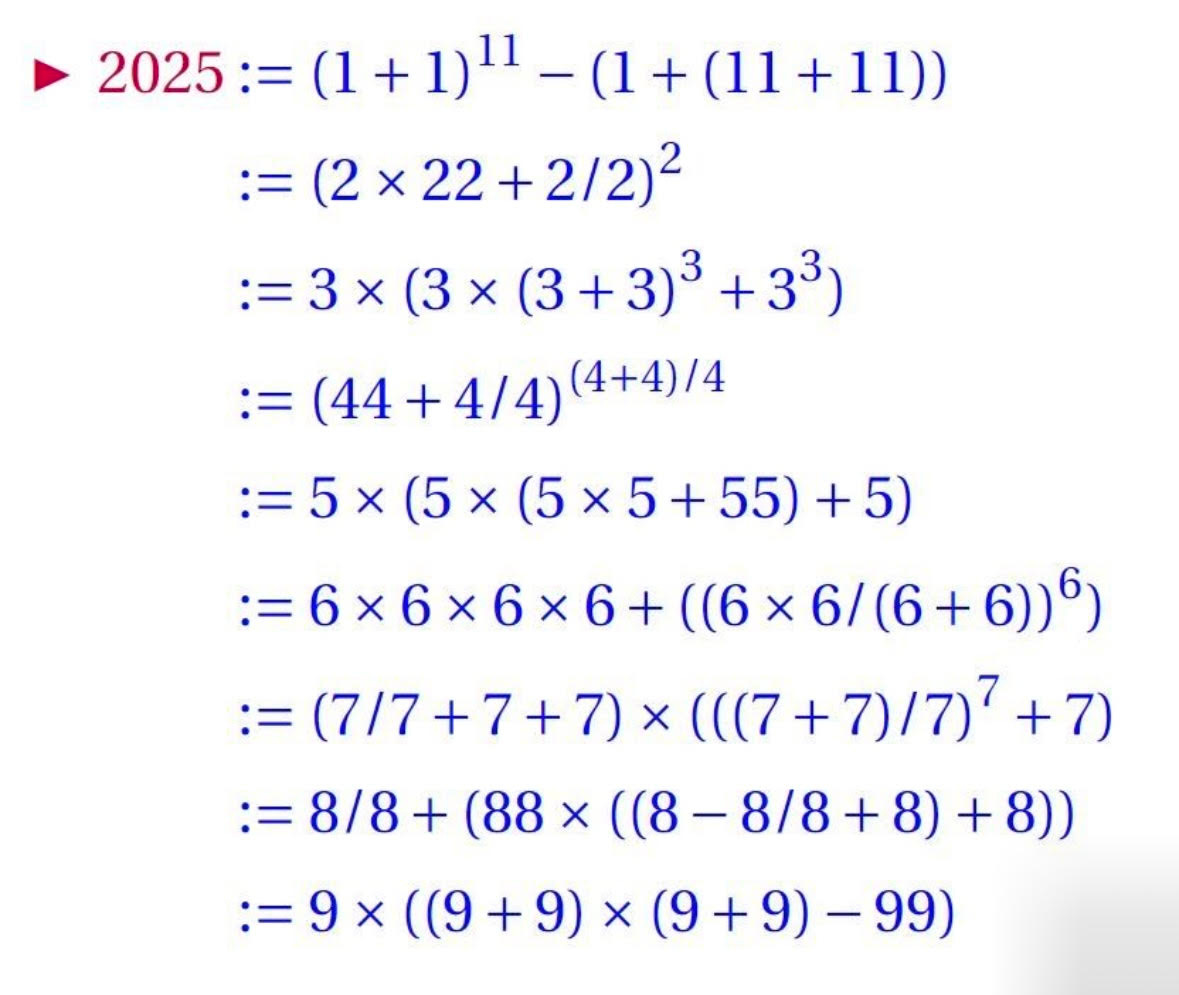Seasons Within
There are seasons within the soul, just as in nature. Some lift us up, others weigh us down. And sometimes, they do both at once, for we carry within us the full complexity of being human.
Like waltzes, these seasons set the rhythm of life's great changes. And we, like them, are always in motion. This year, I discovered that sadness can surround us without consuming us. I came to understand, deep down, that suffering is a choice—a place where we decide to settle... or not.
There are things we cannot control. And perhaps that’s for the best. What remains is a precious freedom: the ability to choose how we respond.
I discovered that expecting nothing is the key to embracing everything. And that, even in the darkest moments, there is something to be lived.
I learned that a single sentence can hold a world. Sometimes, an alliteration—or an oxymoron, a paronomasia—can make us believe in everything, for better or worse. Yet silence always reveals what truly matters.
This year, I watched my son, gripped by a sudden and intense passion for marbles, trade them at school. One marble for someone to carry his bag (a girl—yes, needless to say, I stepped in to adjust his priorities), another for candy. His cleverness struck me. It reminded me of a fundamental truth: there is something profoundly singular about human ingenuity.
A Way of Being in the World
You see, we often talk about machines becoming anthropomorphic and humans becoming robotic. But honestly, I don’t believe it—not even for a moment.
An AI without a body, without an anchor, remains an isolated system. Even with flawless robotics, it lacks autopoiesis—that innate ability to recreate itself, to truly live.
As Hegel wrote, humanity is a living tension. Truth takes shape in the space between opposites. We cling, at the edge of the void, to the earth, to all that makes us profoundly human. Just as shadow reveals light, and pain reveals life.
Yes, we are brushing up against a world engineered to the extreme. But this fragile thread we walk upon could allow a new humanity to emerge—not one that merely inhabits the world, but one that exists in the world.
To inhabit is easy, almost comfortable. To be in the world is something entirely different: it is is to awaken the living to the art of being alive.
The Fragile Balance
For the first time, we have created something that seems to surpass us—a system whose inner workings elude us, producing results we did not explicitly program.
Sam Bowman, managing a group of AI safety and evaluations research teams at Anthropic, captures this uncertainty perfectly: “We built it, we trained it, but we don’t know what it’s doing.” He adds, “When a lab starts training a new system like ChatGPT, it’s essentially investing in a mystery box.”
What does it mean to build a tool whose logic escapes its creator? What remains of our mastery when faced with a machine that evolves faster than our understanding?
AI is a paradox: prodigiously intelligent, capable of unearthing everything humanity has ever thought, written, or imagined. It is not just a tool; it is a totality. Our biological, conceptual, and existential limits blind us. We contemplate little and poorly. But AI, especially in alliance with quantum computing, might crack these barriers—revealing truths about ourselves (selfpressionism) and exposing dimensions of the world we’ve never seen (worldpressionism).
Overwhelming? Undeniably.
And yet, AI remains profoundly dumb. Without consciousness, without comprehension, it manipulates symbols and data, unable to grasp their meaning. Impressive in scale, yes—but it is not infinite. It is merely a very, very large number.
Compare this to the Chauvet Cave. Etched into stone and built from carbon, it has endured millennia. AI, by contrast, rests on bytes and algorithms. Unplug the power, and it vanishes within hours.
The Season of Waltzes
This time reminds me of waltzes—forever spinning, always in motion. Each turn seems to return to the same point, yet nothing is ever truly the same. Order and chaos intertwine, and balance exists only within instability.
In this whirlwind, I see a truth: nothing is ever still. Certainties waver, landmarks fade. Yet it is within this disorder that a new dance can emerge—freer, more essential.
Waltzes are about unsettling the established order, shaking what must be shaken. And in the fall, allowing things to find their rightful place.
Perhaps this is where true renewal begins.
MD
2025: The Perfect Square
For some, it’s just another year; for others, a perfect square. A simple yet elegant reminder that perspective changes everything—especially if you have a soft spot for mathematics.






Beautifully written. Love!